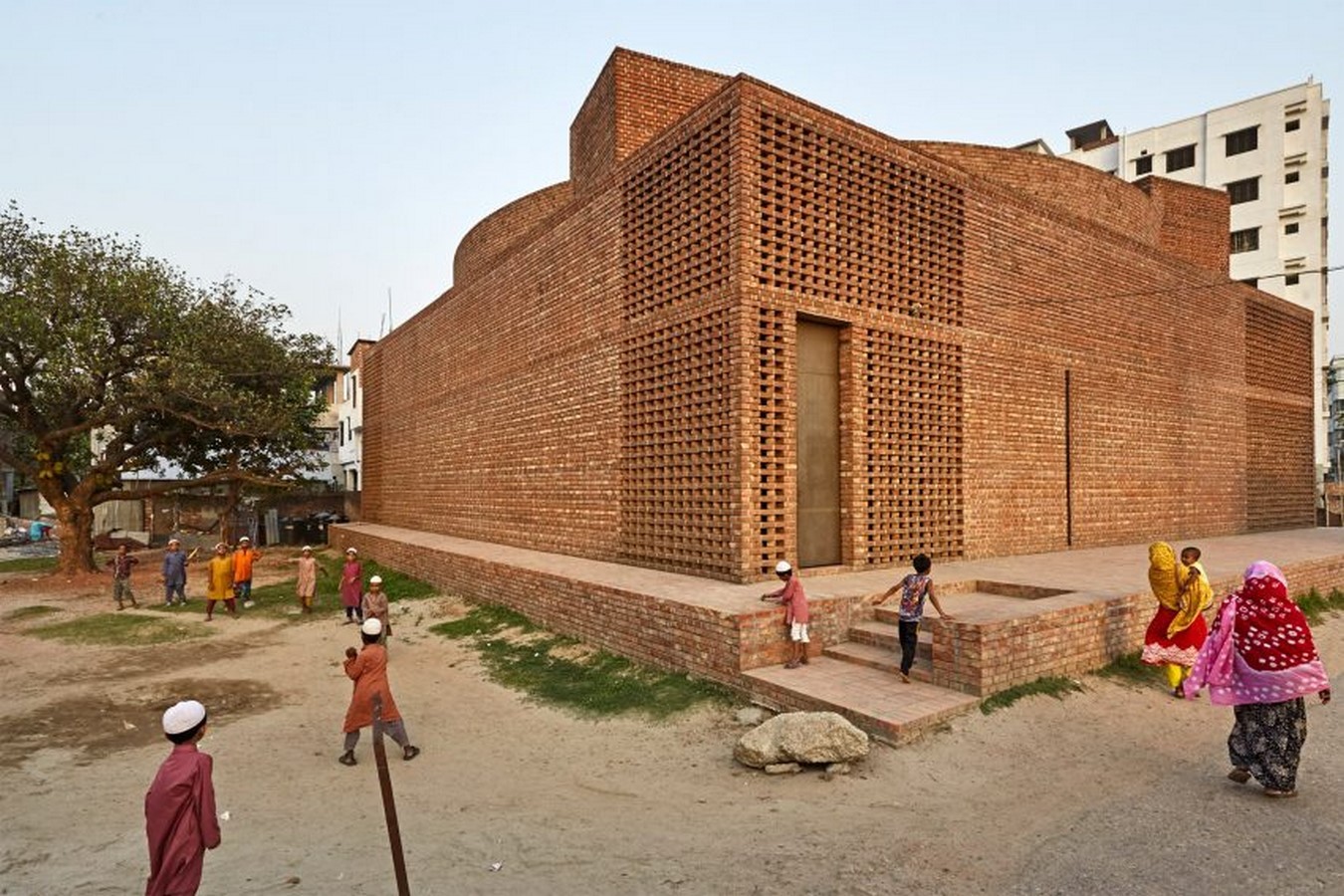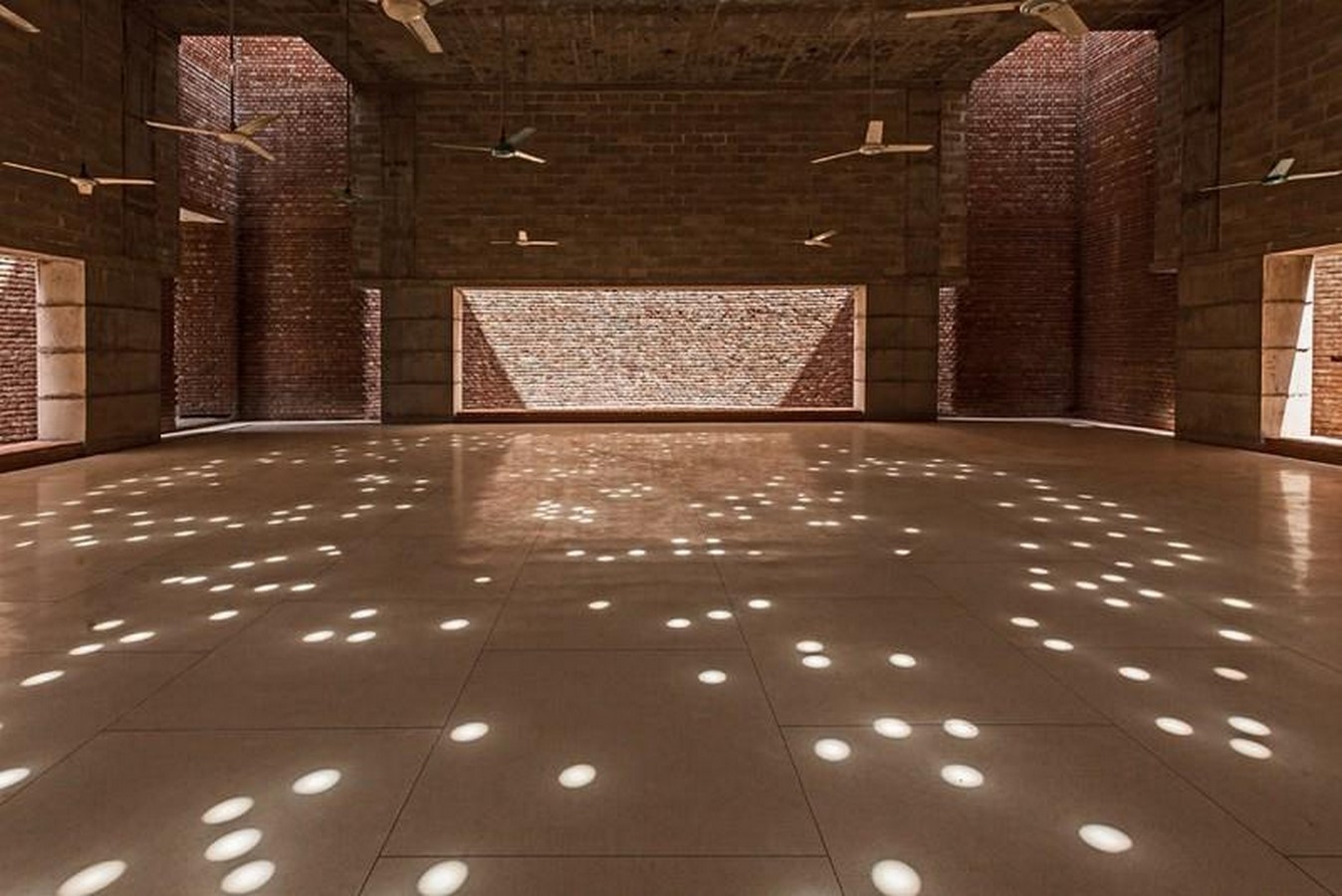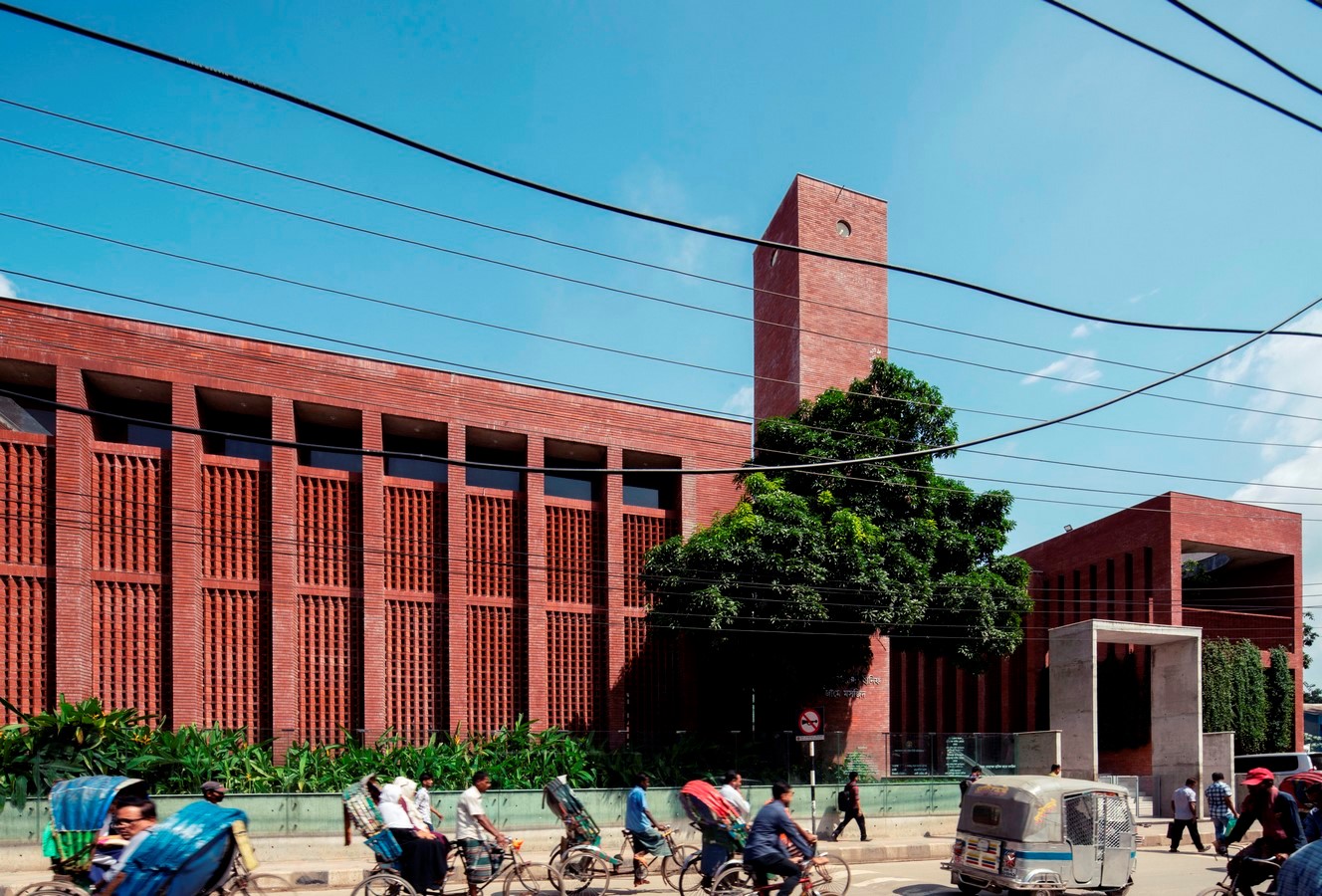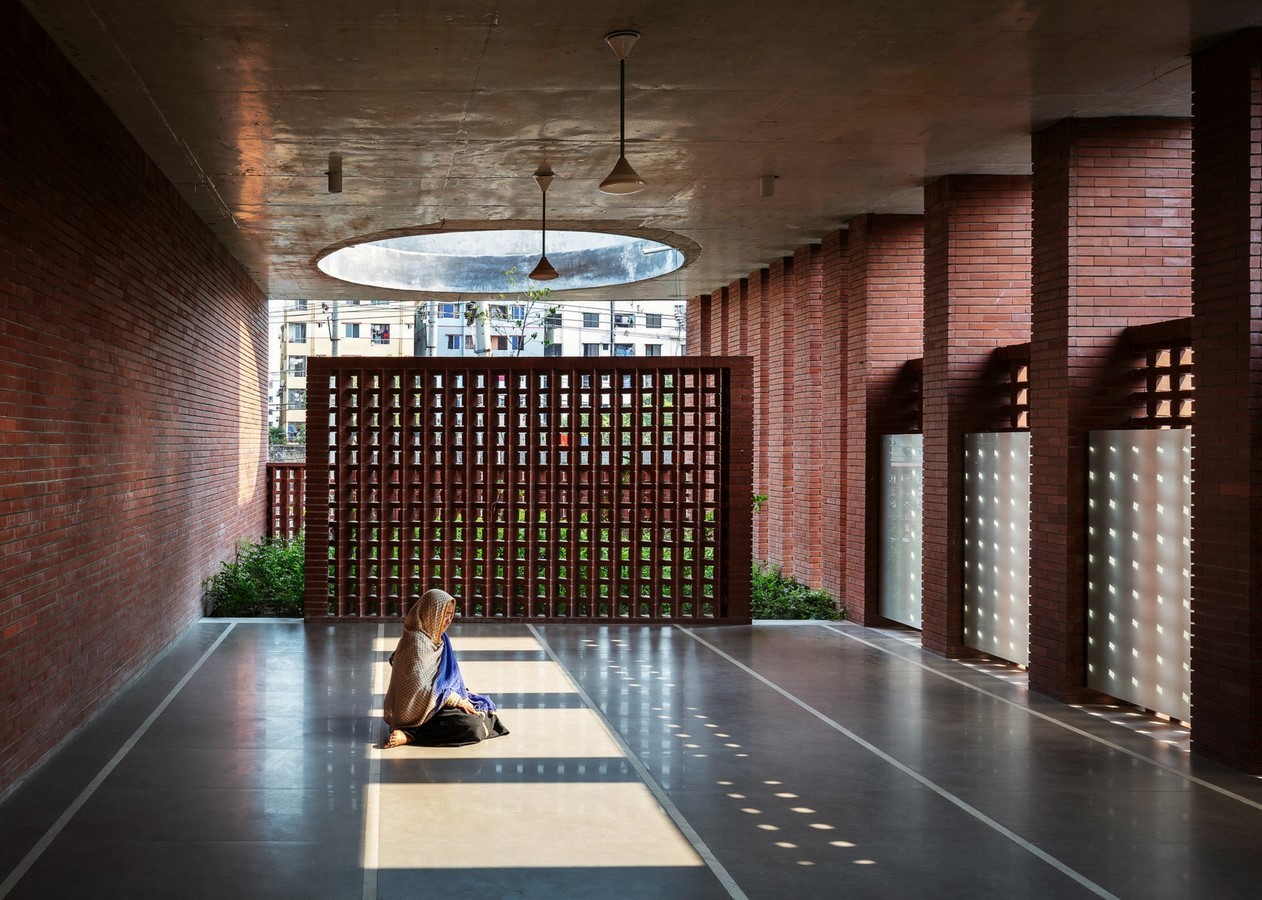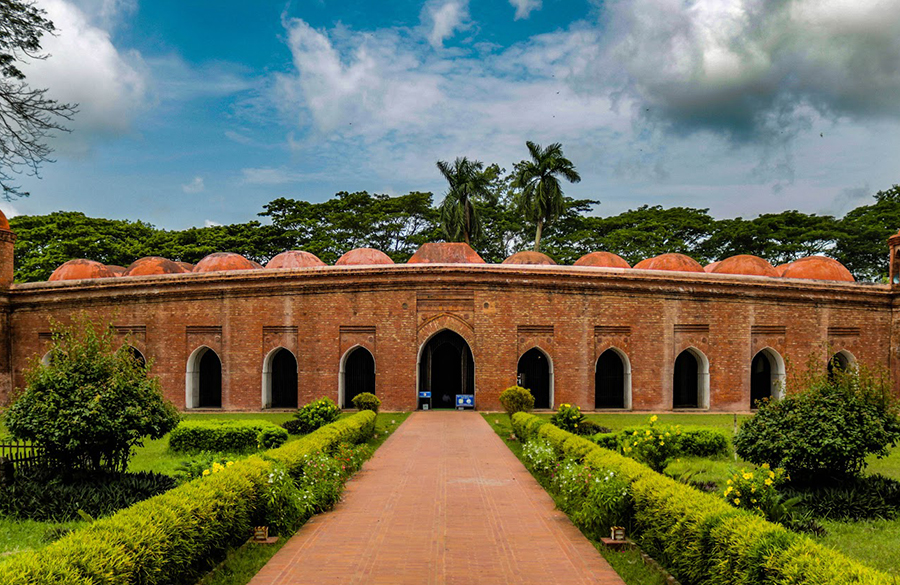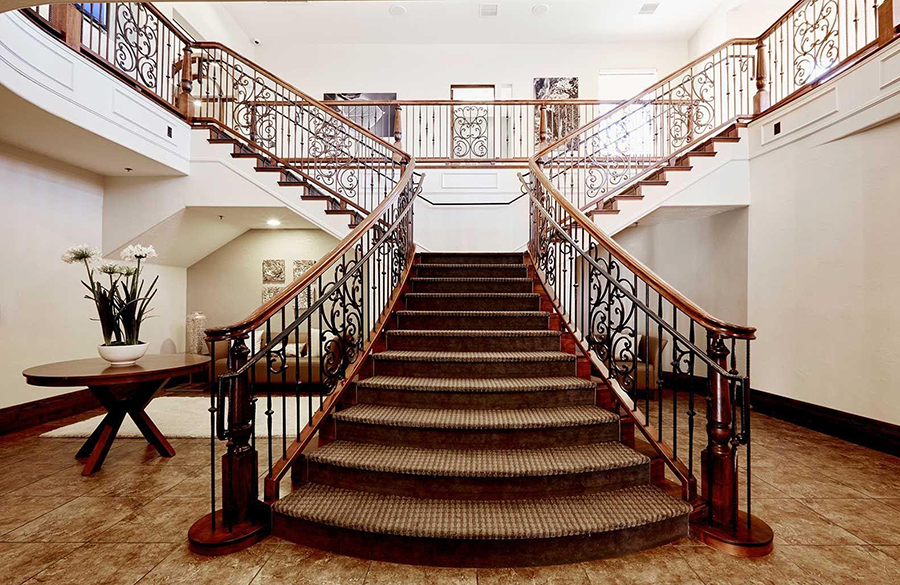Of the total number of mosques constructed during the Muslim period, almost three quarters were built between the 15th and 16th centuries. The major religious buildings of that period were built around the city of Gaur, Pandua, Bagerhat, and Sonargaon. Muslim edifices followed features such as dome, mihrab, minar, etc, are distinct from other regions and retains its identity, which is dictated by climate, geographical context, availability of building materials, and local craftsman skill. In the early 13th century and from the time onward numerous mosques have been built in Bangladesh. The mosque architecture of Bangladesh is some extent sympathetic to its climate. The mosques are not on grand-scale but its construction principles and appearances are inventive and original. The devastating effect of the shifting courses of rivers, the vanadium of building materials by the locals, and other natural calamities were responsible for the obliteration of most of the ancient monuments in Bangladesh. Though, a large number of mosques survive until today. Bangladesh Archeological Department has started to reconstruct all the ruined mosques that need to be properly documented and conserved to reconstruct the art and architectural history of the glorious past.
The mosques in Bangladesh fall into two broad categories – the courtyard type and the enclosed type. The plan of the mosques is further grouped into rectangular and square type. In the evolution of the mosque architecture in Bangladesh, a multi-domed type was adapted. Almost half of the mosques built in the early phase are covered either with a large single dome or by several semi-circular small domes. One of the essential features of a conventional mosque is the Minaret or tower. Instead of a minaret, a distinctive type of turret one at each outside corner is seen in the early Islamic architecture of Bengal. The turrets invariably formed a symbolic feature of the mosques and were built either to strengthen the corners or as merely ornamental appendages. During the Mughal period, rectangular type three-bayed or domed mosques were adapted. Besides the four octagonal corner turrets, smaller sized corner turrets crowned by blind kiosks took place at each corner of all projected panels. Ornamentation which is a characteristic feature of Muslim architecture is not only a surface art but also serves as a structural element. In Bangladesh, ornamentation depicting floral and geometric abstract designs in the terracotta tile was extensively used during the early Islamic period. During the Mughal period, terracotta ornamentation was replaced by wall plastering with decorative arched panels. In that period, a new reddish-yellow or pink plaster that resembles the red sandstone buildings of central Mughal was introduced in the mosques by mixing powdered brick with lime. By the colonial period, architectural elements such as verandah, wooden lattice, and eaves began to be incorporated that gave rise to a new set of buildings, with a mixture of British, Islamic, and regional elements.

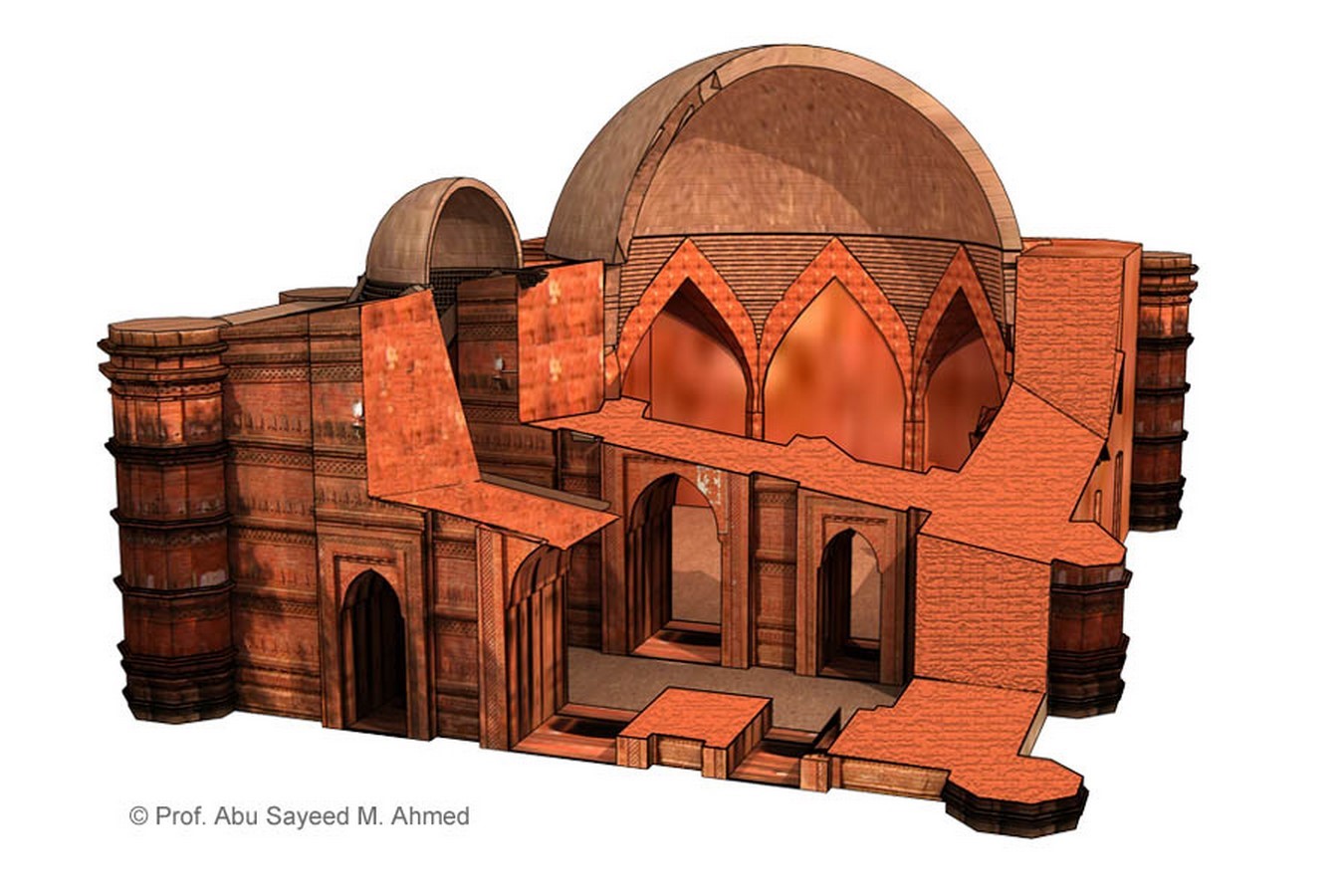
One excellent example of the best-conserved monument is the Ghorar mosque located in Barabazar, Jhenidah. It is assumed to be built in the early 15th century or late 14th century A.D. The mosque is a single-domed square building with a foreroom. It has six corner turrets, one at each corner of the main hall and one at both ends of the foreroom. The Ghorar mosque is renowned for its surface ornamentation. The whole outside surface is embellished with three types of friezes, where the terracotta tile of a single abstract motif is used in a repetitive style.
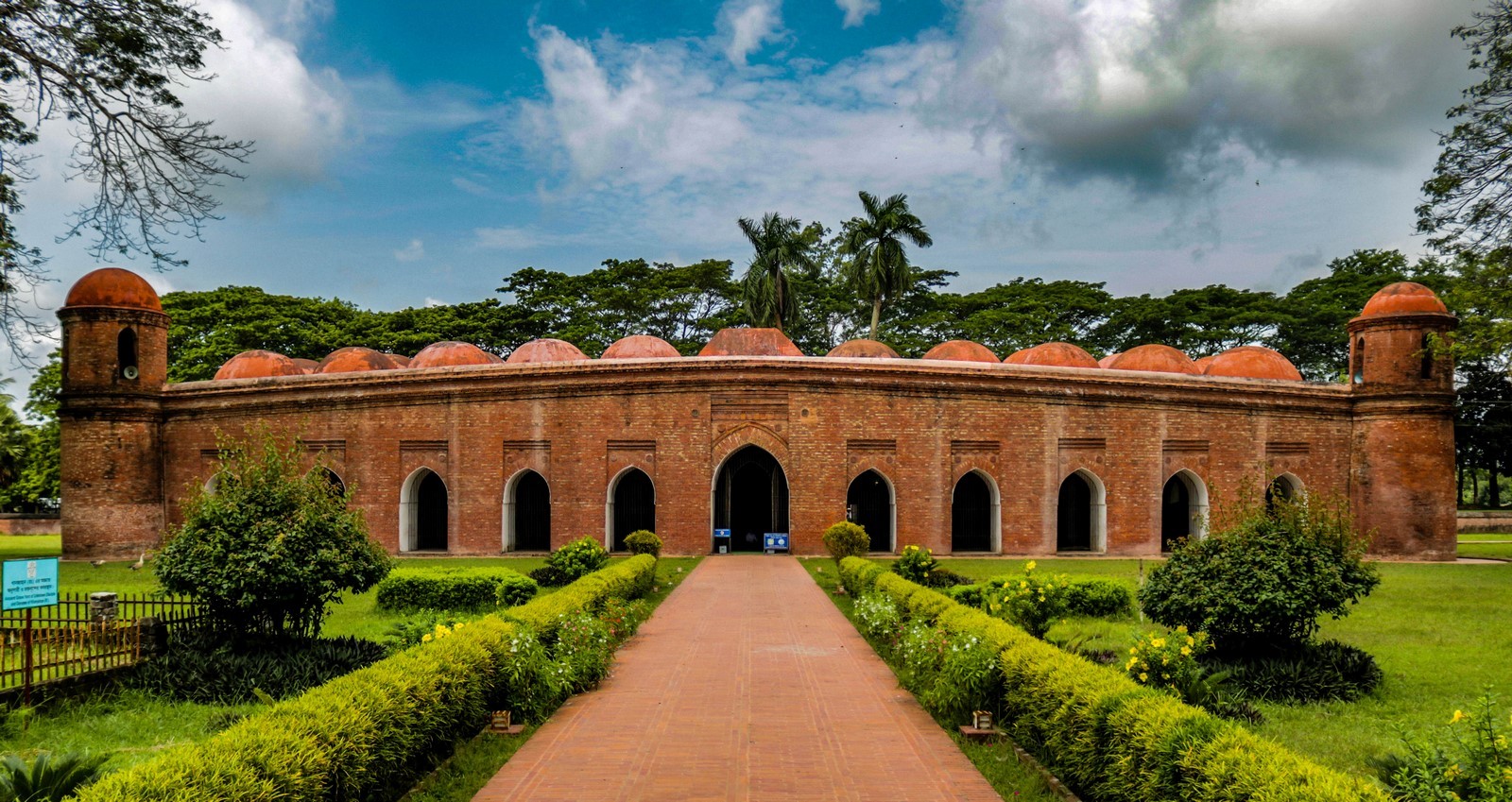
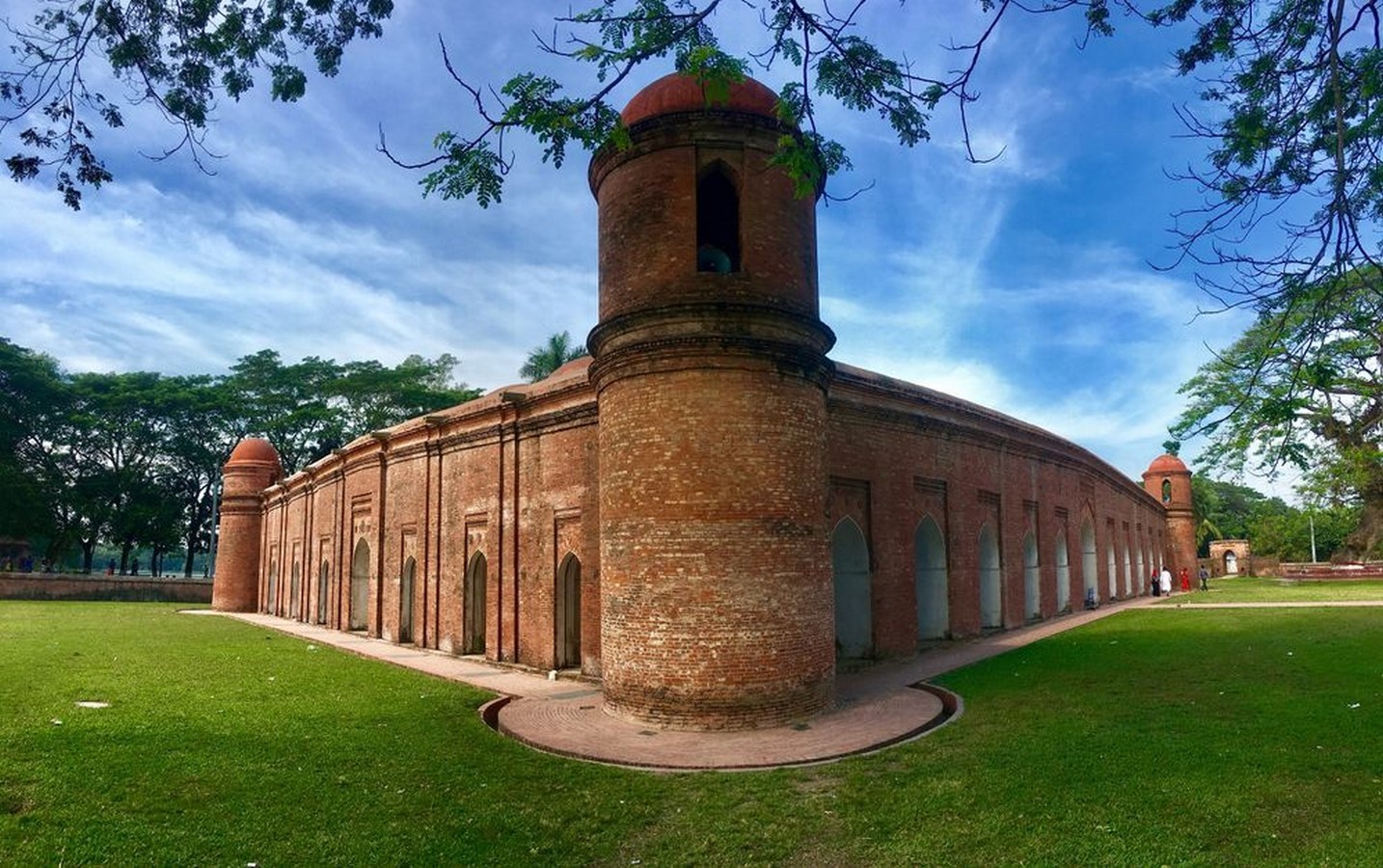
The Shait Gombuj mosque in Bagerhat is the most magnificent and the largest enclosed type mosque built during the early 15th century. The mosque has as many as 81 domes – 70 circular domes atop the prayer hall, seven chauchala domes on the central aisle, and four domes upon the corner towers. The freestanding 60 pillars support the whole roof of the mosque. Possibly, the name of the mosque is derived from the number of supporting pillars (60) and not from the number of domes (77).
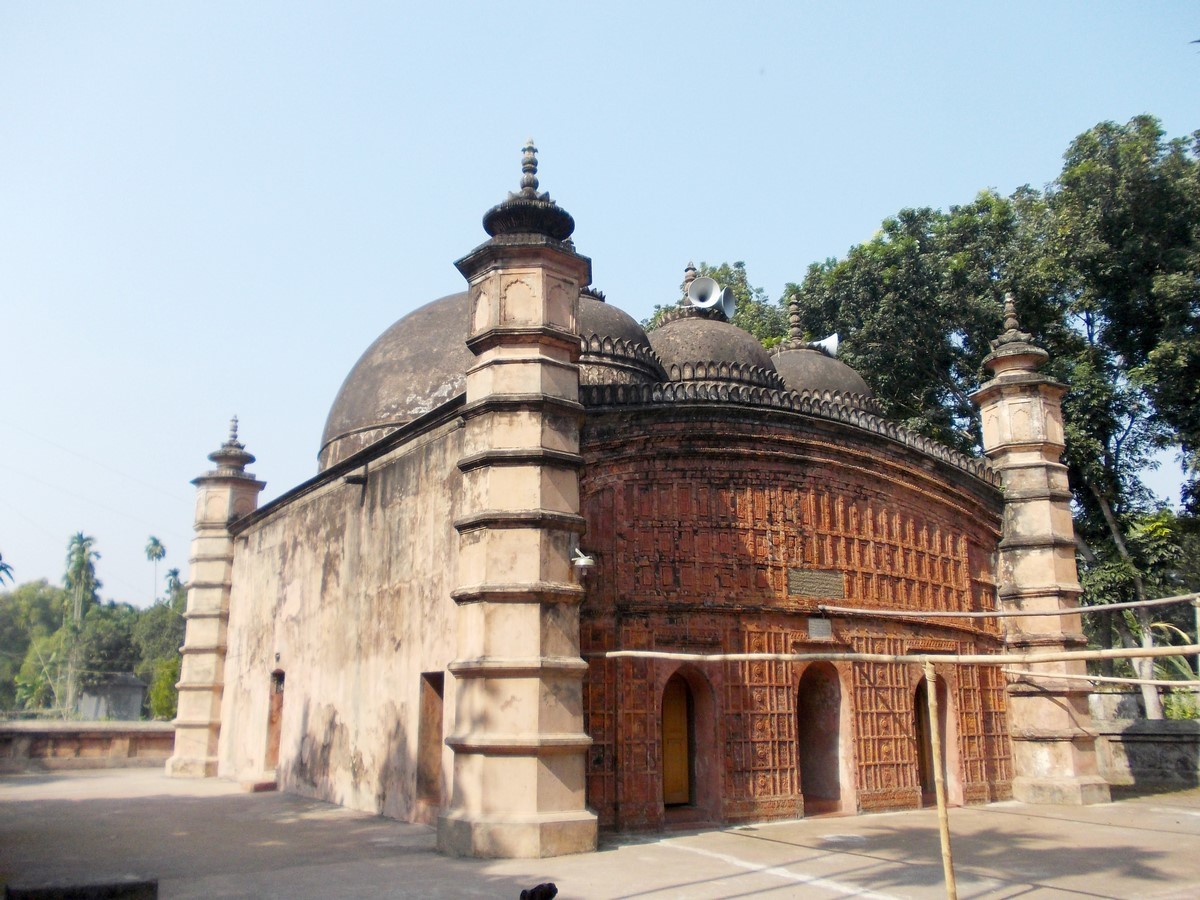
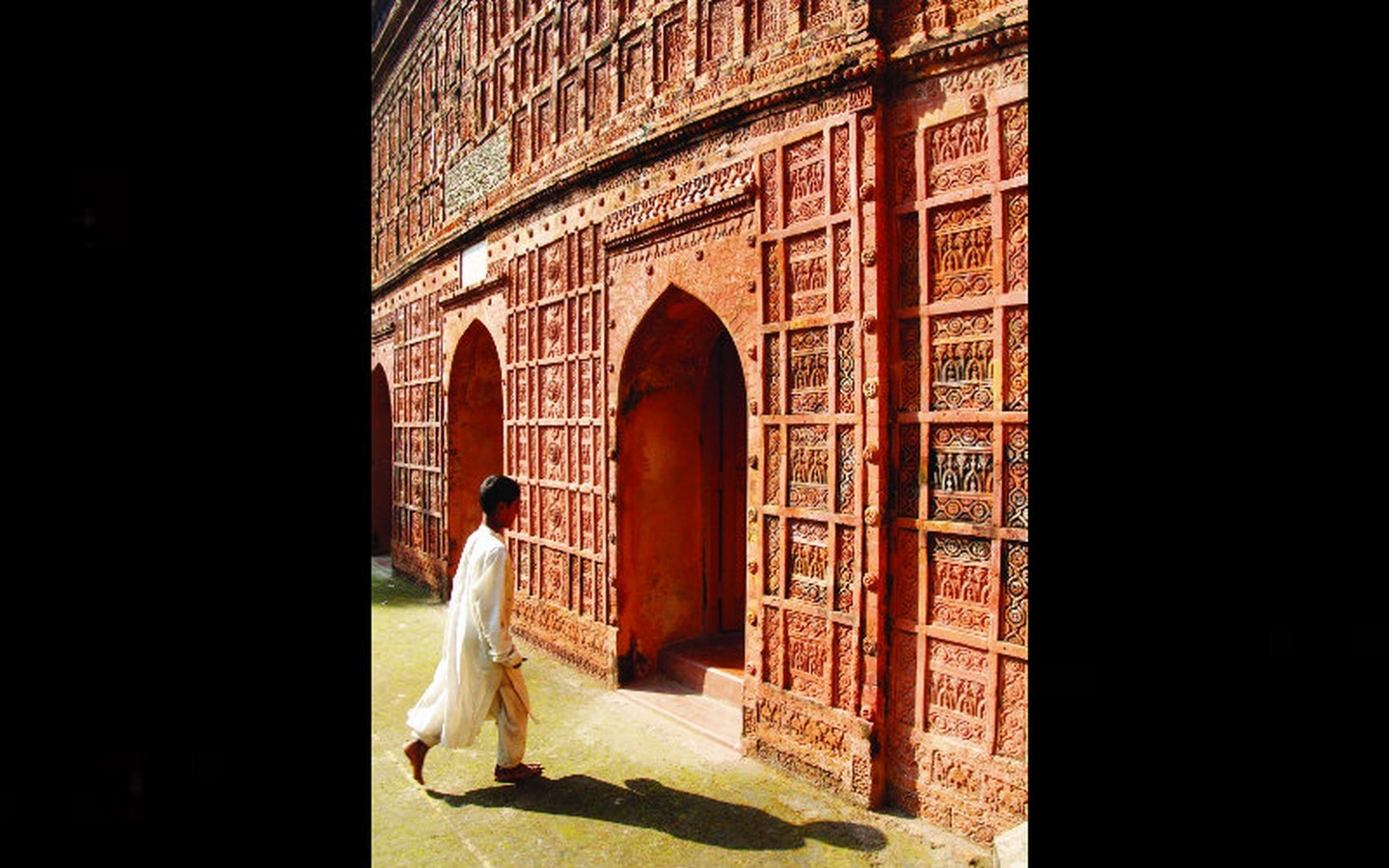
The Atiya mosque in Tangail is a fine example of the transitional phase developed by the harmonious blend of the Sultanate and Mughal features. Typically, it belongs to the group of the square-shaped plan with a foreroom. The flat façade, intricate terracotta ornamentation are typical features of the Sultanate period, whereas, blind kiosks on the corner turret, plastered surface paneling, dome embellished with merlon, recall Mughal architecture in Bangladesh.

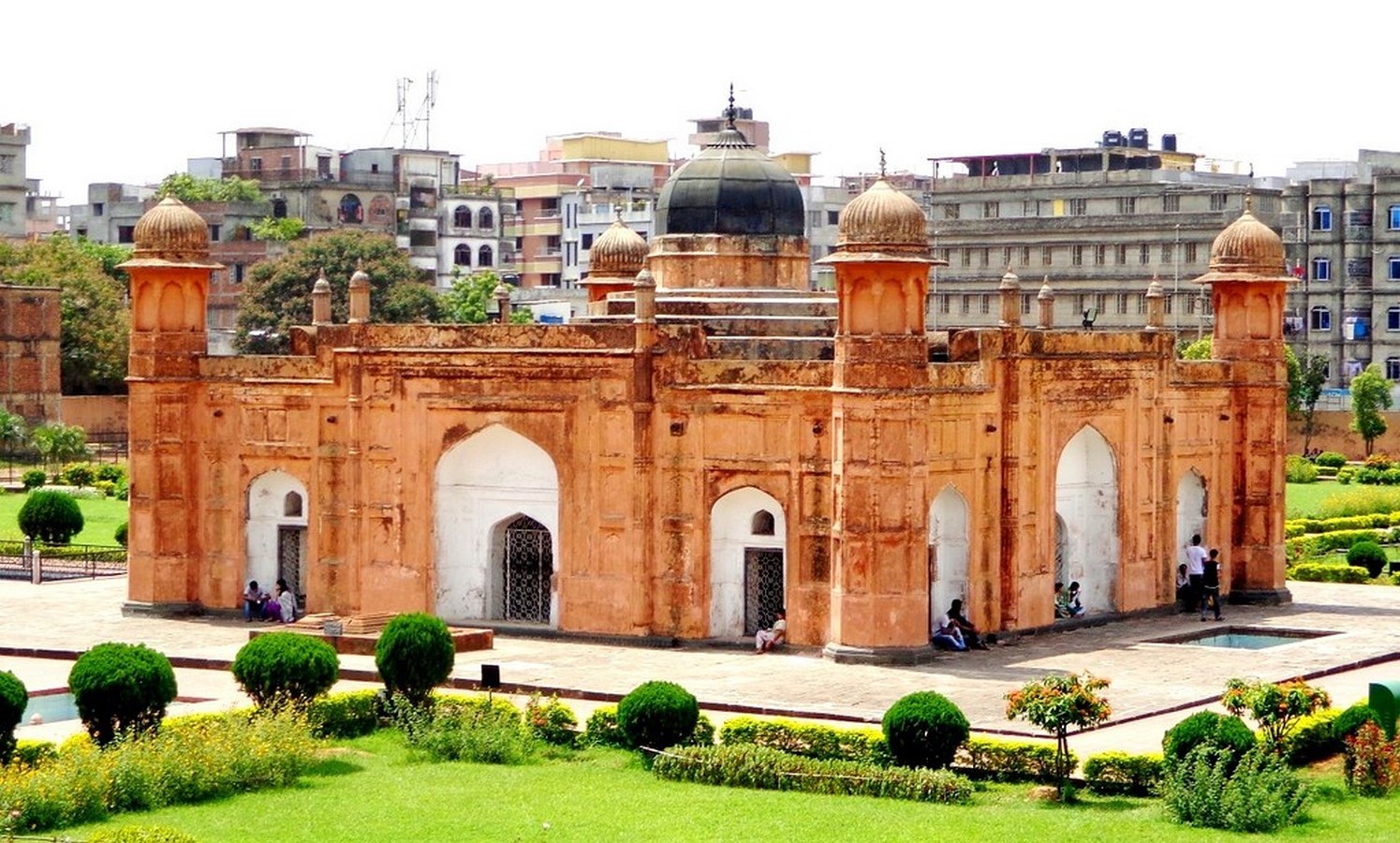
The Lalbagh Fort is the most magnificent but unfortunately an unfinished Mughal fort situated in Dhaka. The fort mosque is a simple typical oblong-shaped structure. The eastern facade has three one-pointed arch openings which lead to the prayer hall. The other two side walls also have a similar single arch opening. The central dome is slightly bulbous, whereas, the other two smaller domes are pure bulbous in shape and are fluted. The domes have octagonal shoulders, ornamented by blind merlons, and are crowned with finials.
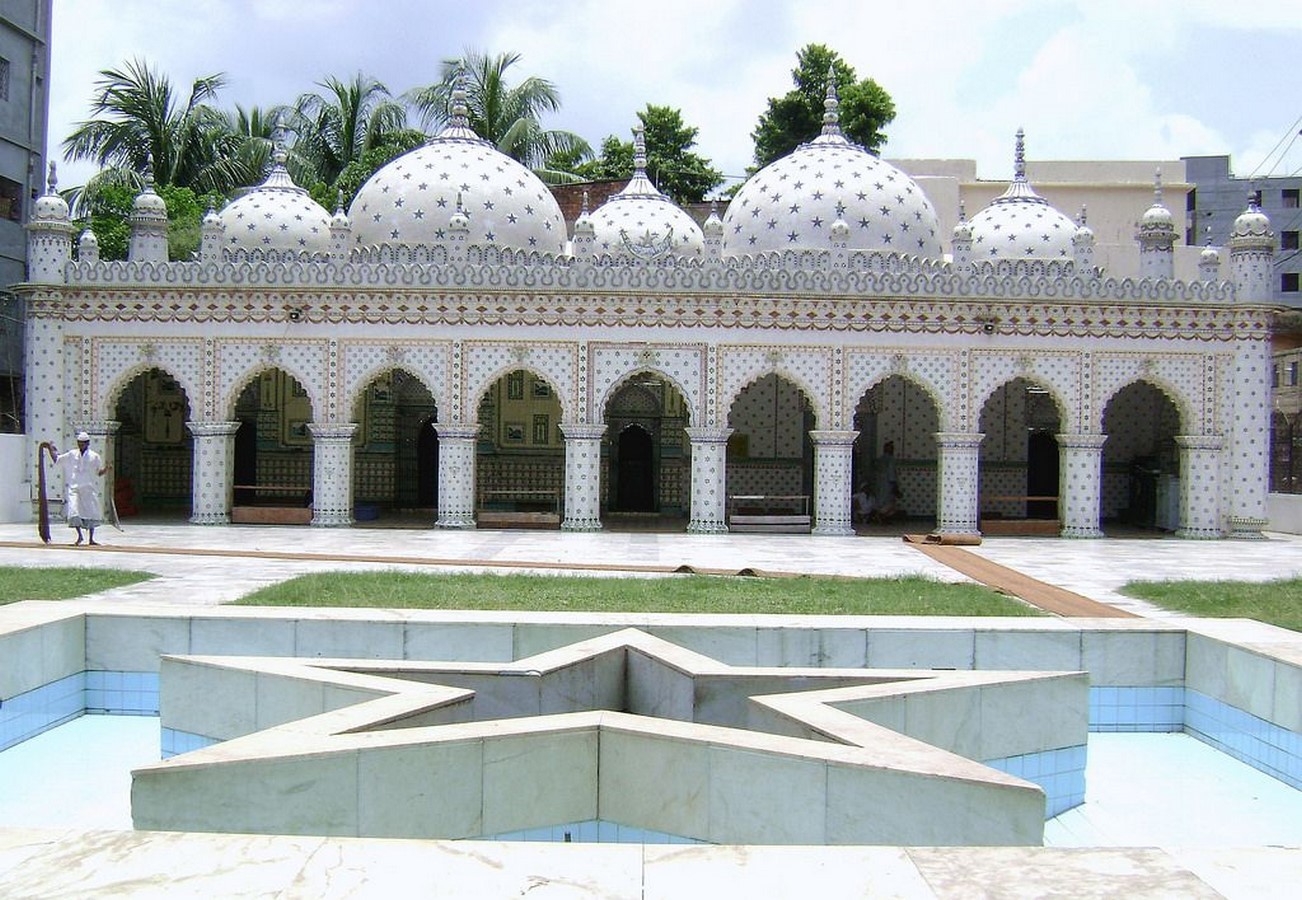
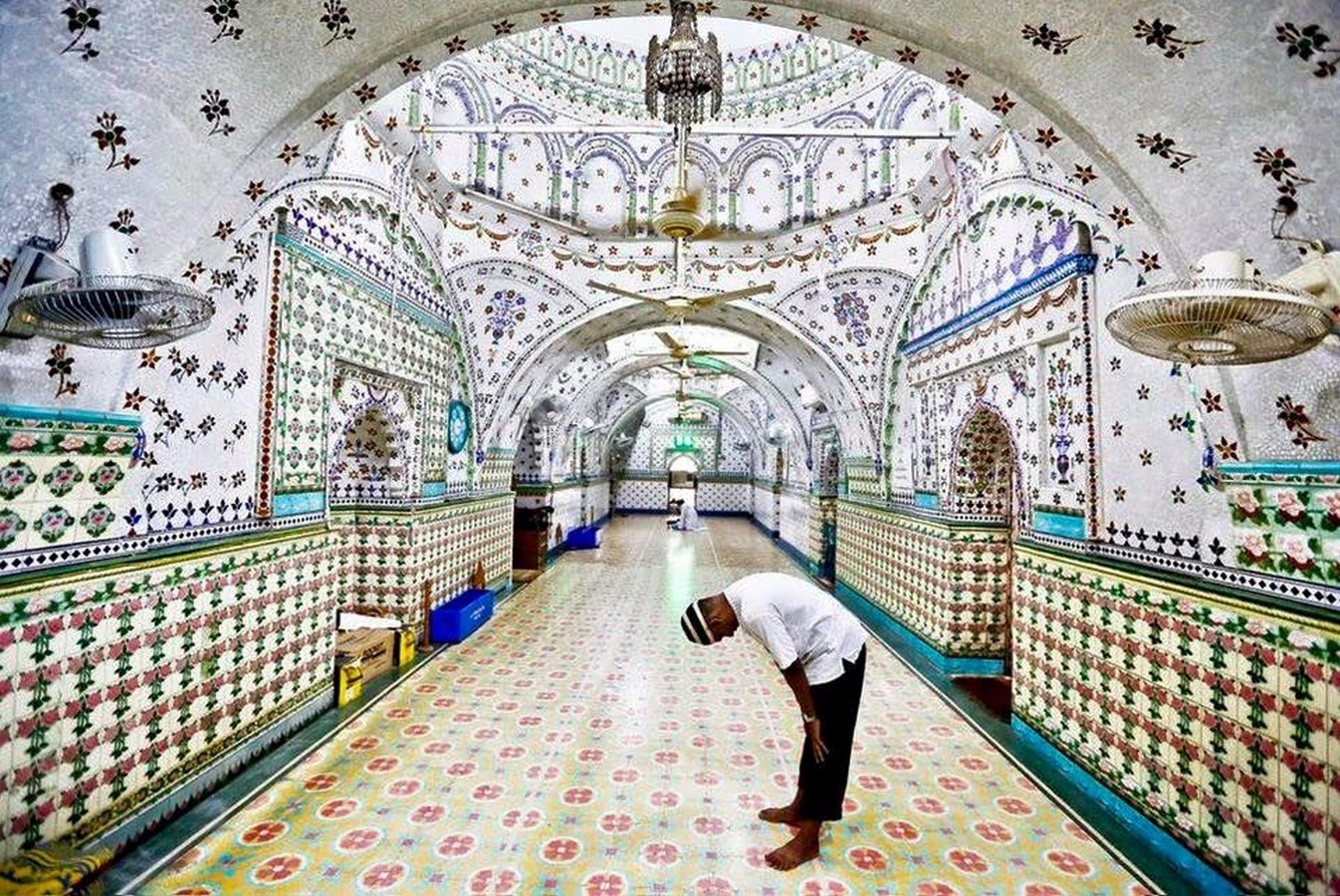
One of the foremost known and frequently visited mosques is the Star mosque or the Tara mosque located in the Capital. It is believed the mosque was built during the first half of the 19th century. Originally the mosque was three-domed which was later converted to five domes. The domes directly rest on the octagonal shoulder adorned with basal leaf ornamentation and are crowned with beautiful lotus and kalasa finials. The surface ornamentation of the mosque is refaced with richly colored Chini-tikri, a style of ornamentation largely used in the Colonial period.
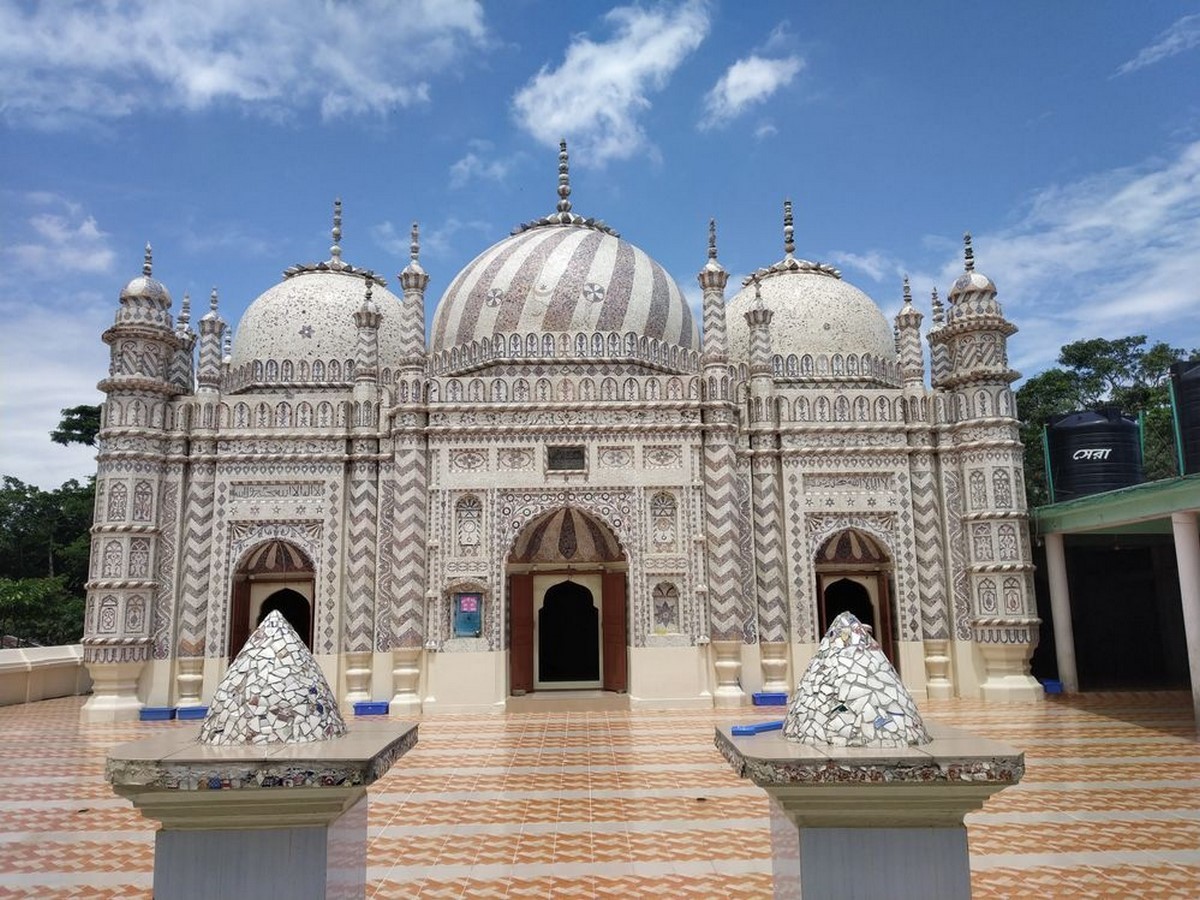

The Bazra mosque is perhaps the most graceful mosque situated in Begumganj, Noakhali. The prayer hall has a typical Mughal oblong-shaped plan which is entered from the eastern side by three alcove archways. The opening arches are framed by recessed panels and bordered by octagonal turrets with a pinnacle atop. The frontal faces and domes are profusely adorned with the popular China-tikri ornamentation.
Until recently, in Bangladesh, amongst many other, buildings like – Baitur Rouf Jame mosque by architect Marina Tabassum, Chandgaon mosque by architect Kashef Mahboob Chowdhury, and the Mayor Mohammad Hanif Jame mosque by architect Rafiq Azam, raised around a modernist aesthetic. The architects brought modernism and its utopian ideas into the religious sphere. The creations are some of the most inventive, majestic, and radically designed religious spaces being built today.
